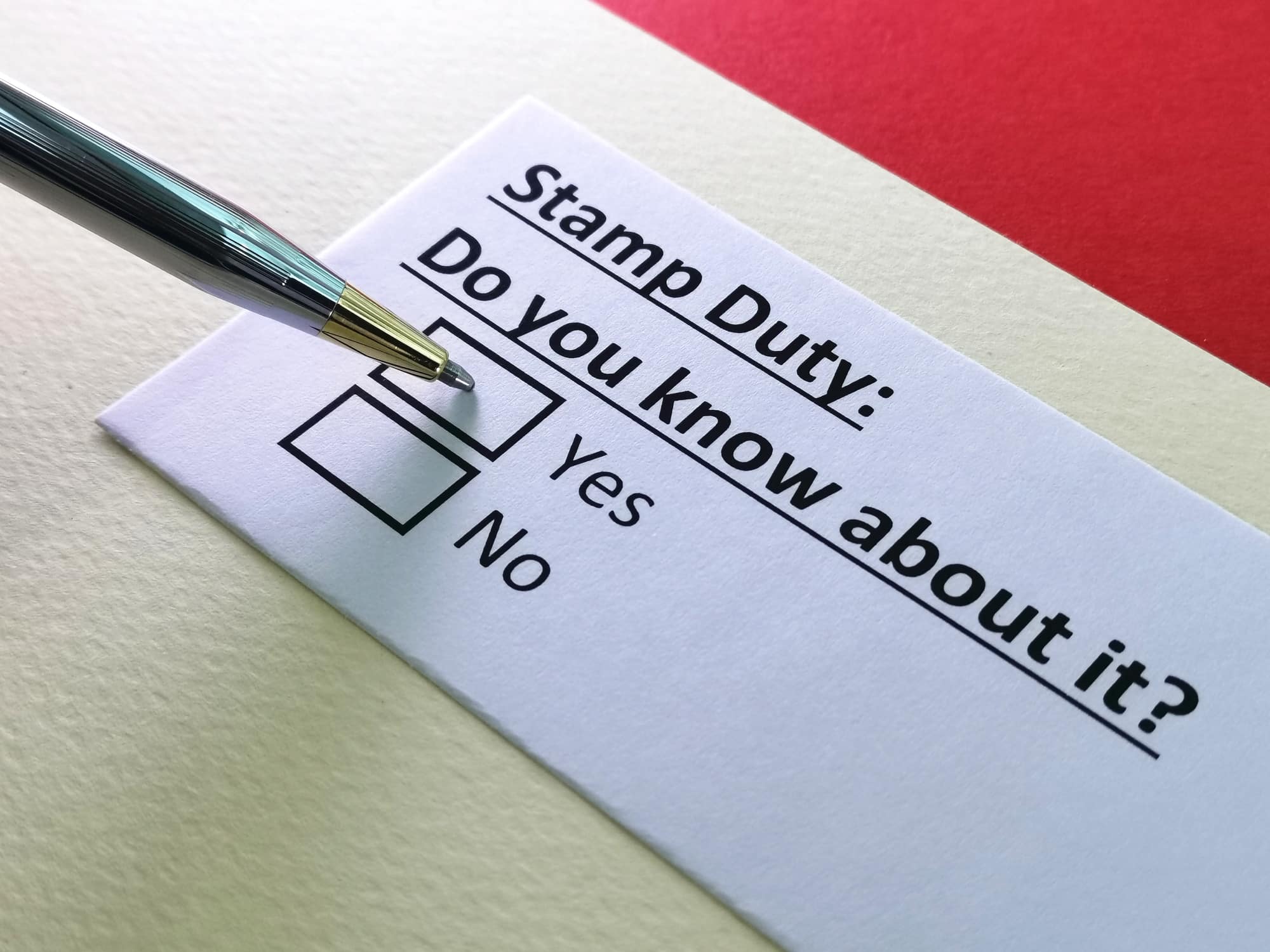In October 2024, the UK government announced that the Stamp Duty Land Tax (SDLT) rate will change from April 1, 2025, affecting homebuyers in England and Northern Ireland. In 2022, the Conservative government introduced a stamp duty holiday to help first-time buyers and kickstart the economy and housing market post-pandemic. Fast forward nearly three years and the Labour government is making big changes to stamp duty to recoup some of the debts it inherited from its predecessor. Continue reading to find out exactly how this change will impact you.
What Is Stamp Duty?
Stamp duty is a tax payable to the government when you buy a property or land in the UK. It’s paid in a lump sum on completion. The amount you have to pay depends on a few factors, including:
- How the property or land will be used (i.e., residential or non-residential)
- If you’re a first-time buyer
- If you’re replacing a main residence
- If you’re buying an additional property
- If you’re a UK resident
Why Is Stamp Duty Changing?
The stamp duty holiday has been in place since 2022 and was brought in to lower how much it costs to move house. In a post-pandemic world, it aimed to support the housing market and the jobs and businesses that rely on it, as well as help people who wanted to get a foot on the housing ladder for the first time. Due to rising government debts and the need for funding in important sectors, the current rules surrounding stamp duty will end on March 31, 2025.
How Is It Changing?
At the moment, first-time buyers don’t pay any stamp duty on properties up to the value of £425,000. They also receive a reduced rate for properties with a maximum purchase price of up to £625,000. For other buyers, the nil rate threshold (where stamp duty is not applicable) is up to £250,000.
From April, this will change:
- The threshold for first-time buyers will decrease to £300,000
- The threshold for other buyers will drop to £125,000
- The reduced rate of stamp duty for first-time buyers will only apply to properties up to £500,000.
What Does It Mean For First-Time Buyers?
As mentioned, first-time buyers won’t pay tax on properties up to £300,000. For properties over this, they will only be eligible for first-time buyers’ relief if their property doesn’t exceed £500,000 – this rate is 5%.
An example:
If you buy a house for £400,000, you’ll start paying stamp duty after the first £300,000. So you’ll pay 5% tax on the remaining £100,000, which means £5,000 will be payable in SDLT.
What About Other Home Buyers?
For people who aren’t first-time buyers and who are buying a property that will be the only one they own, the stamp duty rates will be as follows:
- Up to £125,000 – 0%
- The next £125,000 (from £125,001 up to £250,000) – 2%
- The next £675,000 (from £250,001 up to £925,000)– 5%
- The next £575,000 (from £925,001 up to £1.5 million) – 10%
- The remaining amount on anything above £1.5 million – 12%
An example:
If you buy a house for £295,000, the total SDLT you will owe will be £4,750 as you’ll pay 0% on the first £125,000, 2% on the second £125,000, which will be £2,500, and 5% on the last £45,000, which will be £2,250.
It’s important to note if you own another residential property, you’ll usually pay another 5% on top of this.
In light of the stamp duty changes coming into effect in April, there will likely be a surge in completions in the first part of the year to beat any additional charges. However, it’s unclear now what the change will mean for the wider property market. There might be some levelling out of house prices to encourage buyers, but this remains to be seen.




